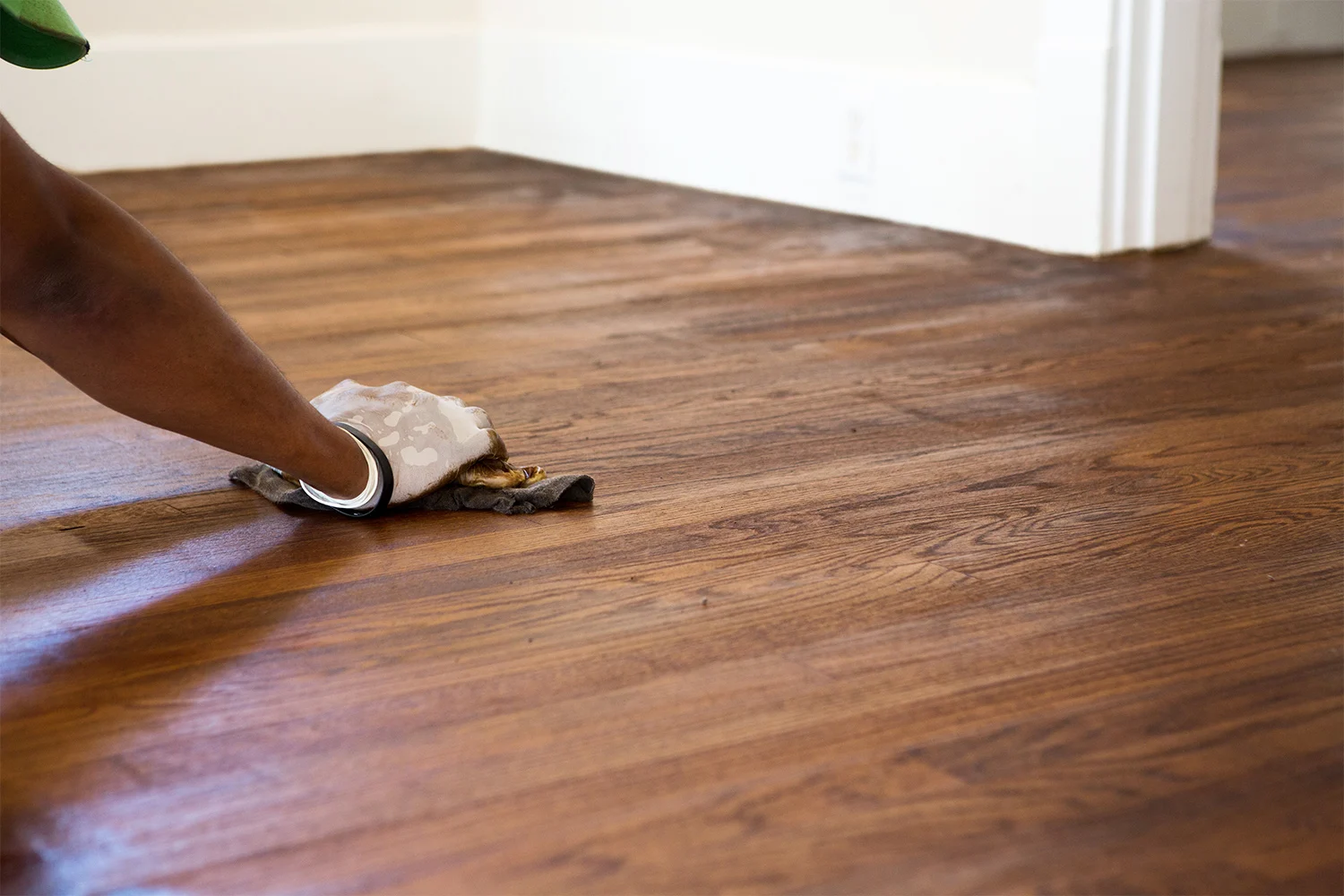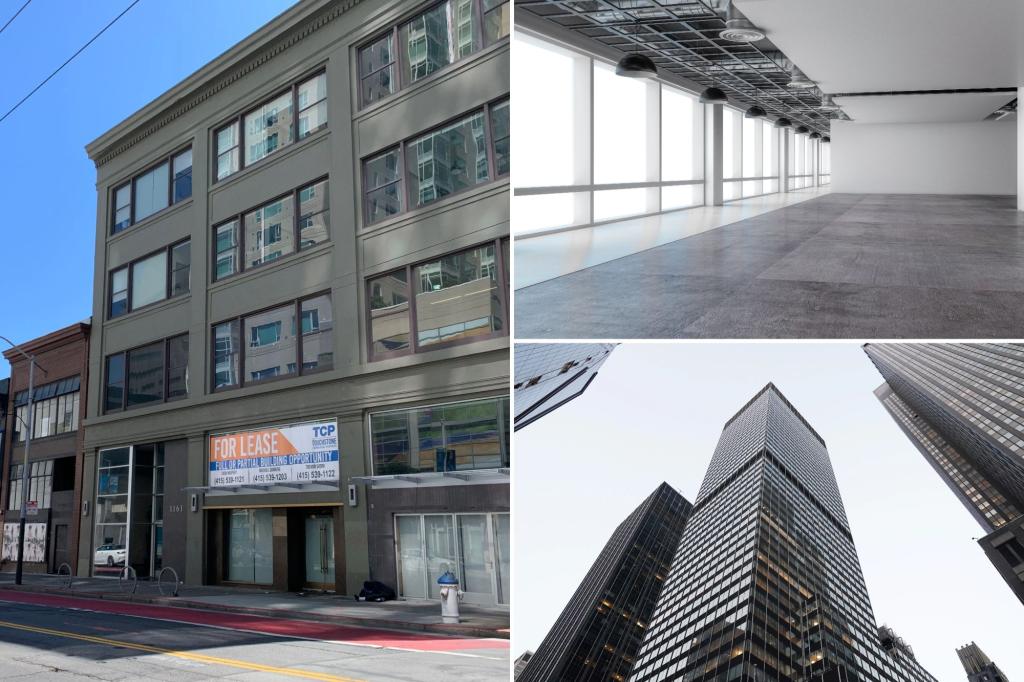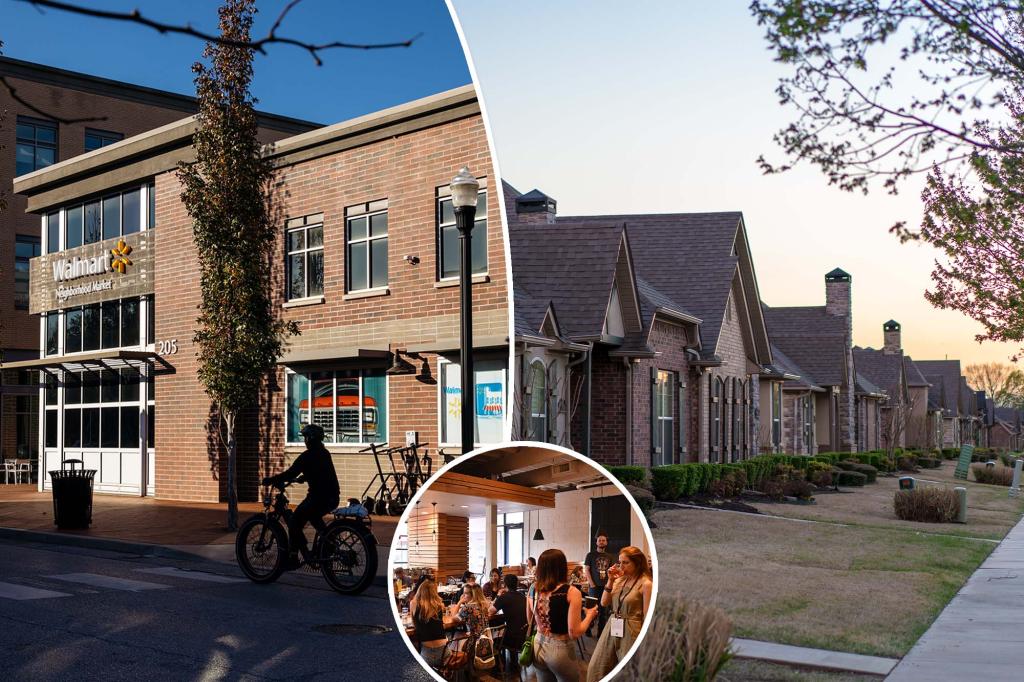What to Expect: Hardwood Floor Replacement Costs in 2025
As we approach 2025, homeowners considering hardwood floor replacement are eager to understand the costs associated with this home improvement project. Hardwood floors are not just a popular choice for their aesthetic appeal; they also add significant value to your home. However, the costs involved can vary widely based on several factors. In this article, we will explore the essential elements that influence hardwood floor installation costs, including species, grade, thickness, and cut of the wood.

Knowing what to expect in terms of pricing can help homeowners budget effectively and make informed decisions when selecting materials for their flooring project. This article will break down the components that contribute to hardwood floor replacement costs in 2025, giving you a comprehensive view of what to anticipate for your flooring needs.
Understanding Hardwood Floor Replacement Costs
Before diving into specifics, it’s important to understand the general pricing landscape for hardwood floor replacement. As of 2025, the average installation costs are expected to range between $2,500 and $7,000. This range can vary significantly based on different factors, which we’ll discuss in the following sections.
Factors Influencing Hardwood Floor Installation Costs
Several key factors contribute to the overall cost of hardwood floor replacement. Understanding these elements can help you make the best choices for your home and budget.
1. Wood Species
The species of wood you choose is one of the most significant factors affecting installation costs. Different species come with varying price points, durability, and aesthetic qualities. Here are a few common hardwood species and their typical costs:
- Oak: Widely available and durable, oak typically costs between $3 to $8 per square foot.
- Maple: Known for its hardness and fine grain, maple ranges from $4 to $10 per square foot.
- Cherry: Valued for its rich color and smooth texture, cherry can cost between $5 to $12 per square foot.
- Walnut: A luxury choice, walnut can range from $7 to $15 per square foot.
Choosing a more exotic wood species can significantly increase your costs, but it can also provide a unique aesthetic that adds value to your home.
2. Flooring Grade
The grade of hardwood flooring refers to the quality and appearance of the wood. Higher-grade wood is typically more expensive due to its superior quality and aesthetic appeal. Here are the common grades of hardwood flooring:
- Clear Grade: The highest quality with minimal knots and imperfections, typically priced at the higher end of the spectrum.
- Select Grade: Slightly lower quality than clear but still visually appealing, often priced moderately.
- Natural Grade: Contains more knots and imperfections, making it a budget-friendly option.
When selecting a grade, consider how much you value aesthetics versus cost to find the right balance for your project.
3. Thickness of the Wood
The thickness of the hardwood flooring also plays a crucial role in the overall cost. Thicker boards are generally more expensive but provide greater durability and longevity. Here’s how thickness affects costs:
- 3/8-inch: The most affordable option, typically costing less but may not last as long.
- 1/2-inch: A middle-ground option, providing a balance between longevity and cost.
- 3/4-inch: The thickest and most durable option, often the most expensive.
Choosing the right thickness will depend on your lifestyle, the level of foot traffic in your home, and your budget.
4. Installation Method
The method of installation can significantly impact the overall cost. Here are the primary installation methods used for hardwood flooring:
- Nail Down: Traditional method for solid hardwood, often recommended for thicker boards. It can range from $1 to $3 per square foot for installation.
- Glue Down: Common for engineered hardwood, this method can cost between $2 to $4 per square foot.
- Floating: Best for DIY projects, this method involves interlocking planks, costing around $1 to $2 per square foot.
Choosing the right installation method will depend on your skill level, budget, and the type of hardwood you select.
Additional Costs to Consider
While the installation costs are a significant part of your budget, there are additional expenses that homeowners should consider:
- Removal of Old Flooring: If you have existing flooring, removal can cost between $1 to $3 per square foot.
- Subfloor Repair: If your subfloor needs repair, this can add another $1 to $2 per square foot.
- Finishing and Sealing: Additional costs for finishing the floor can range from $1 to $3 per square foot, depending on the products used.
- Furniture Moving: If you require professional help to move furniture, expect to pay an additional fee.
How to Budget for Your Hardwood Floor Replacement
Budgeting for hardwood floor replacement involves careful planning and consideration of all the factors mentioned above. To create a realistic budget, follow these steps:
- Assess your current flooring situation and determine if removal is necessary.
- Research different wood species and grades to find options that meet your aesthetic and financial requirements.
- Get multiple quotes from reputable contractors to compare installation costs.
- Factor in additional costs for finishing, moving furniture, and potential subfloor repairs.
- Set aside a contingency fund of 10-20% for unexpected expenses that may arise during the project.
Frequently Asked Questions (FAQ)
1. What is the average cost of hardwood floor replacement in 2025?
The average cost for hardwood floor replacement in 2025 is expected to range from $2,500 to $7,000, depending on various factors such as wood species, grade, and installation method.
2. How can I save money on hardwood floor installation?
To save money, consider selecting a more affordable wood species, opting for a lower grade, or choosing a DIY installation method. Additionally, obtaining multiple quotes can help you find a competitive price.
3. Is it worth investing in higher-grade hardwood flooring?
Investing in higher-grade hardwood can enhance the aesthetic appeal of your home and may contribute to higher resale value. If you plan to live in your home for many years, the durability and beauty of higher-grade options can be well worth the expense.
4. How long does hardwood flooring last?
With proper care and maintenance, hardwood flooring can last anywhere from 20 to 100 years, depending on the species and installation method used.
5. Can I install hardwood flooring over existing flooring?
In some cases, you can install hardwood flooring over existing flooring, but it’s crucial to ensure that the existing floor is level and in good condition. Consult with a flooring professional to determine the best approach for your specific situation.
Conclusion
As we look ahead to 2025, understanding the costs associated with hardwood floor replacement is essential for homeowners considering this investment. With prices influenced by factors such as wood species, grade, thickness, and installation methods, careful planning and budgeting can help you achieve the flooring of your dreams. By being informed about the potential costs and additional expenses, you can make choices that not only fit your budget but also enhance the beauty and value of your home. Take the time to research and compare options, and you will be well on your way to a successful hardwood floor replacement project.
📰 Original Source
Este artigo foi baseado em informações de: https://www.nerdwallet.com/article/mortgages/cost-to-replace-hardwood-floors


